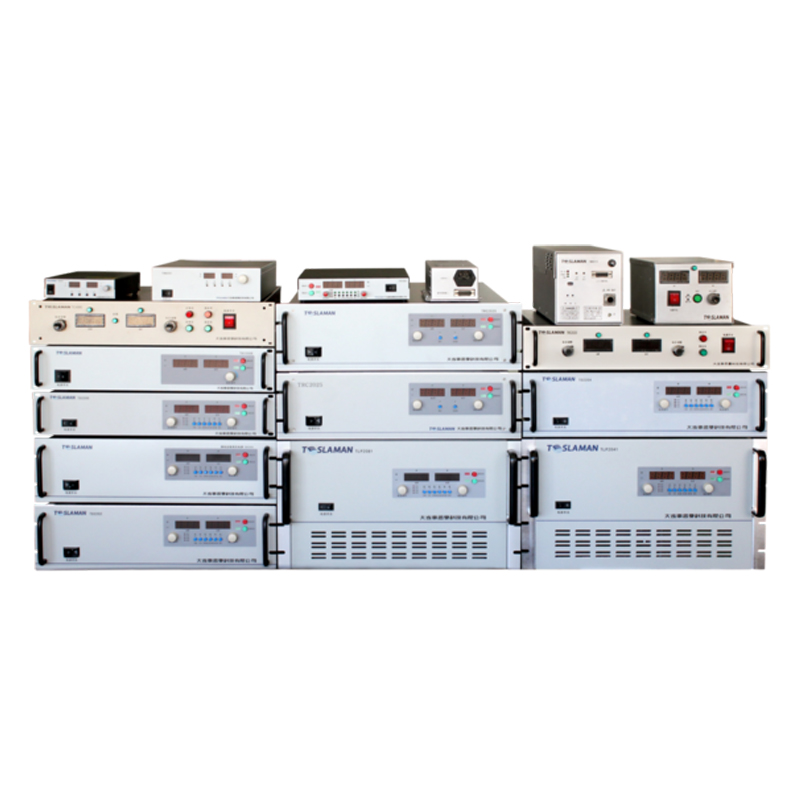New Technological Applications of High-Voltage Power Supplies in Non-Destructive Testing
I. Introduction
Non-destructive testing plays a crucial role in numerous fields such as modern industry, aerospace, and energy. It enables the assessment of internal defects and material properties of objects without damaging their structures and performance. High-voltage power supplies, as key elements in non-destructive testing technologies, have made remarkable progress in new technological applications in recent years, significantly enhancing the accuracy, efficiency, and reliability of testing.
II. New Applications of High-Voltage Power Supplies in Ultrasonic Testing
Ultrasonic testing is a commonly used non-destructive testing method. New high-voltage power supply technologies have optimized the performance of ultrasonic transducers. Traditional high-voltage power supplies may have certain limitations in terms of output voltage stability and frequency regulation. Nowadays, high-voltage power supplies can achieve more precise high-frequency and high-voltage outputs, improving the intensity and resolution of ultrasonic signals. This helps to detect smaller defects. For example, in the inspection of metal welds, microcrack defects at the micrometer level can be identified more clearly. By optimizing the pulse modulation technology of high-voltage power supplies, narrower and more energy-concentrated ultrasonic pulses can be generated, reducing the scattering and attenuation interference of ultrasonic signals during propagation, thereby improving the accuracy of detecting internal defects in complex structures.
III. Innovative Applications of High-Voltage Power Supplies in Radiographic Testing
In the field of radiographic testing, new technologies of high-voltage power supplies also have outstanding performances. For example, in X-ray testing, new high-voltage power supplies can provide higher and more stable tube voltages. This enables the precise control of the energy and penetration power of X-rays. In the inspection of thick-walled metal components or high-density composite materials, the output of the high-voltage power supply can be precisely adjusted according to the material and thickness of the inspection object to generate X-rays with appropriate energy for effective imaging of internal defects. Moreover, the application of high-voltage power supplies in pulsed radiation sources, by generating high-intensity short-pulse radiation, reduces the radiation dose while increasing the testing speed, which is of great significance for testing some radiation-sensitive materials or on high-speed production lines that require rapid testing.
IV. Technological Breakthroughs in Electromagnetic Testing
In electromagnetic testing, high-voltage power supply technology is also indispensable. New high-voltage power supplies can generate excitation currents with special waveforms, such as pulse width modulation currents. When this special waveform of current is used in eddy current testing, it can enhance the sensitivity of the detection signal to small cracks, corrosion pits and other defects. In the electromagnetic ultrasonic-based testing technology, high-voltage power supplies provide high-energy pulse excitation for electromagnetic ultrasonic transducers, exciting stronger ultrasonic signals, thereby expanding the detection depth and range. In addition, by combining high-voltage power supplies with advanced signal processing techniques, the characteristics of electromagnetic signals generated by different types of defects can be distinguished more accurately, improving the interpretation ability of testing results.
V. Integrated Applications of High-Voltage Power Supplies in New Technologies of Non-Destructive Testing
Modern non-destructive testing often requires the comprehensive application of multiple technologies, and high-voltage power supplies play the role of a bridge and a driver in this process. For example, in the composite testing technology that combines ultrasonic testing and electromagnetic testing, high-voltage power supplies need to meet the different requirements of voltage, current and waveform for the two testing methods simultaneously. Through intelligent control systems, high-voltage power supplies can quickly switch between different testing modes and precisely adjust output parameters, realizing the seamless integration of multiple testing technologies and providing strong support for the comprehensive and accurate inspection of complex structures and materials.
VI. Conclusion
The new technological applications of high-voltage power supplies in non-destructive testing have brought new opportunities for quality control and safety assurance in various industries. From ultrasonic testing to radiographic testing, and then to electromagnetic testing and their integrated applications, the performance improvement and innovation of high-voltage power supplies have promoted the development of non-destructive testing towards a more precise, efficient, and safe direction. With the continuous progress of science and technology, it is believed that high-voltage power supply technologies will have more breakthroughs and innovations in the field of non-destructive testing, further expanding the application range and detection capabilities of non-destructive testing to meet the increasingly complex industrial production and scientific research requirements.




















